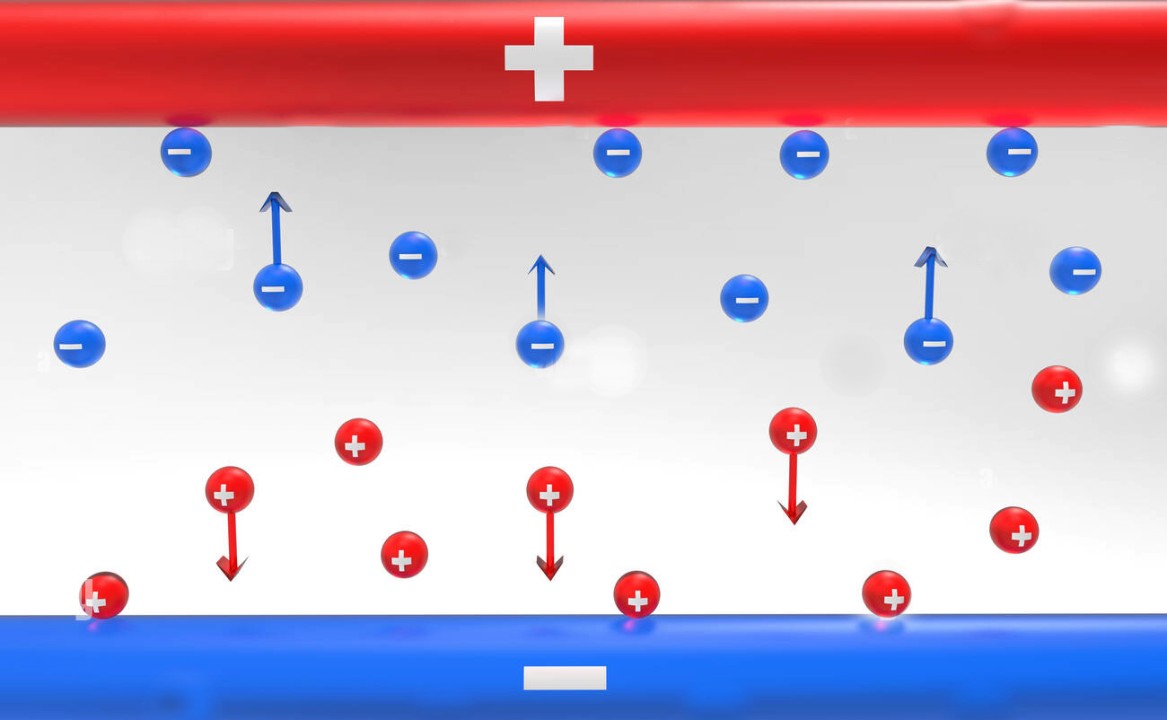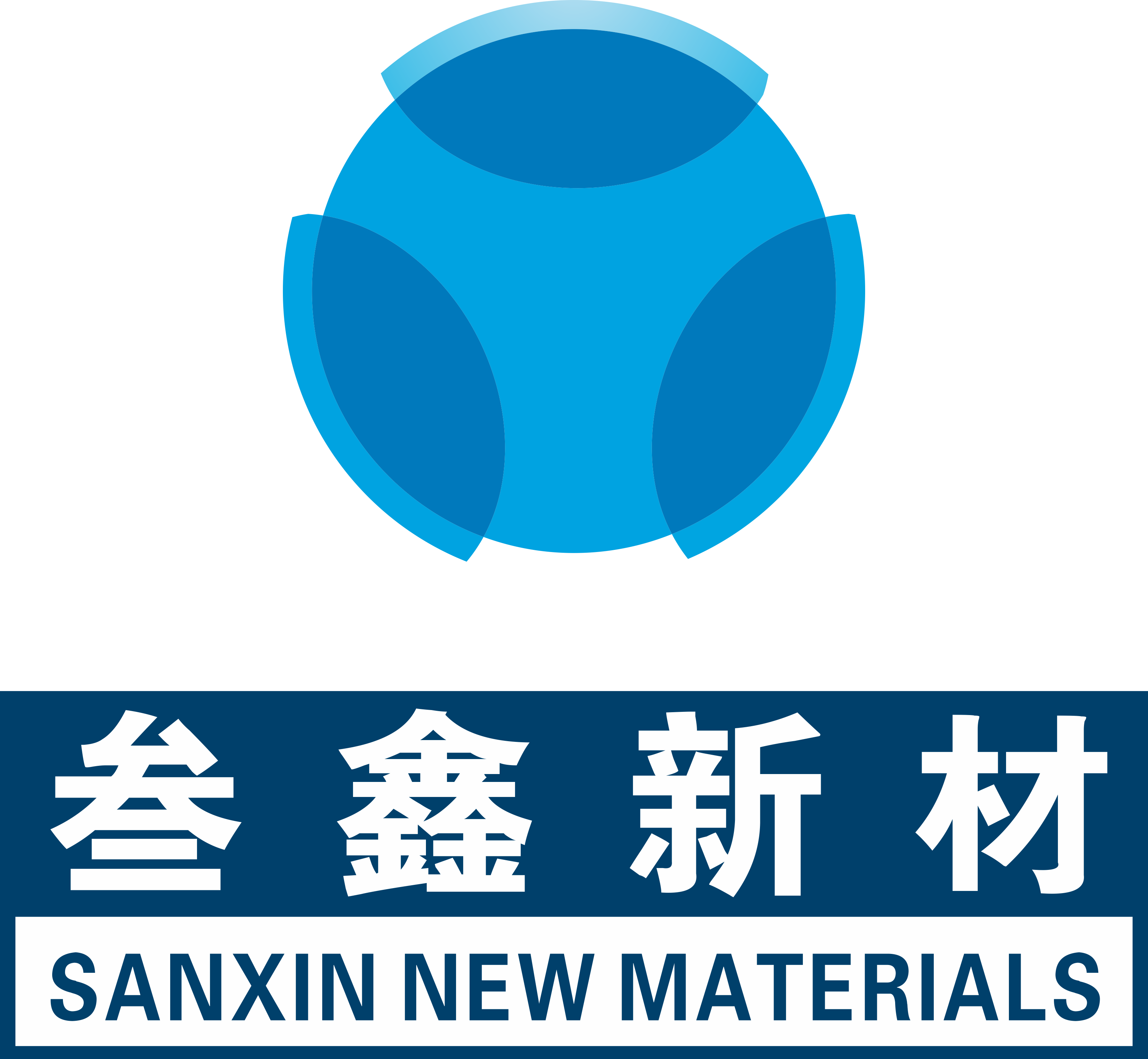Required Particles Size of Anode and Cathode Materials with Zirconia Grinding Beads

Lithium ion batteries store and supply electrical energy in mobile telephones, laptops and tools. Mobile applications, such as electric bicycles, electric scooters and other electric vehicles and hybrid concepts are also creating a steadily rising demand for batteries.
The goal is to develop ever more powerful batteries that feature increased capacity, a longer lifetime, shorter charging times and lighter weight. Lithium ion batteries are basically comprised of a negative electrode (anode), a positive electrode (cathode) and a separator membrane. The individual electrodes are made up of conductor foils that are coated with a mixture of binders, active materials and additives (battery slurries).
In addition to the mechanical and thermal resistance of the separators, the key factors for the quality and safety of the batteries are the chemical composition, the shape and particle size distribution of the active materials, the homogeneity and the absence of defects in the coatings on the conductor foils of the electrodes.
Based on many years of experience, Sanxin YZV beads offer an extensive grinding methods for dry and wet grinding, mixing, homogenization, dispersion, delamination, separation and deaeration, as well as analysis.

BATTERY
Anode and Cathode Materials
One option for the synthesis of cathode and anode materials is the so-called solid-state process. In this process route, the active material is created from the raw materials through a chemical transformation in suitable furnaces. Depending on the raw materials used, a wet grinding stage with dry pre-grinding processes can be required for the raw materials prior to the synthesis.
Typical compounds for cathode materials are:
- LCO (Lithium Cobalt Oxide, LiCoO2)
- NCA (Lithium Nickel Cobalt Aluminum Oxide, LiNiCoAlO2)
- NMC (Lithium Nickel Manganese Cobalt Oxide, Li[NiCoMn]O2)
- LMO (Lithium Manganese Oxide, LiMn2O4)
- LFP (Lithium Iron Phosphate, LiFePO4)
- The conductor foil is usually made of aluminum
Some examples of active materials for anodes are:
- Amorphous Carbon
- Graphite
- Lithium Titanate (LTO, Li4Ti5O12)
- Metallic Anode Materials (Silicon, Tin)
- The conductor foil is usually made of copper.





